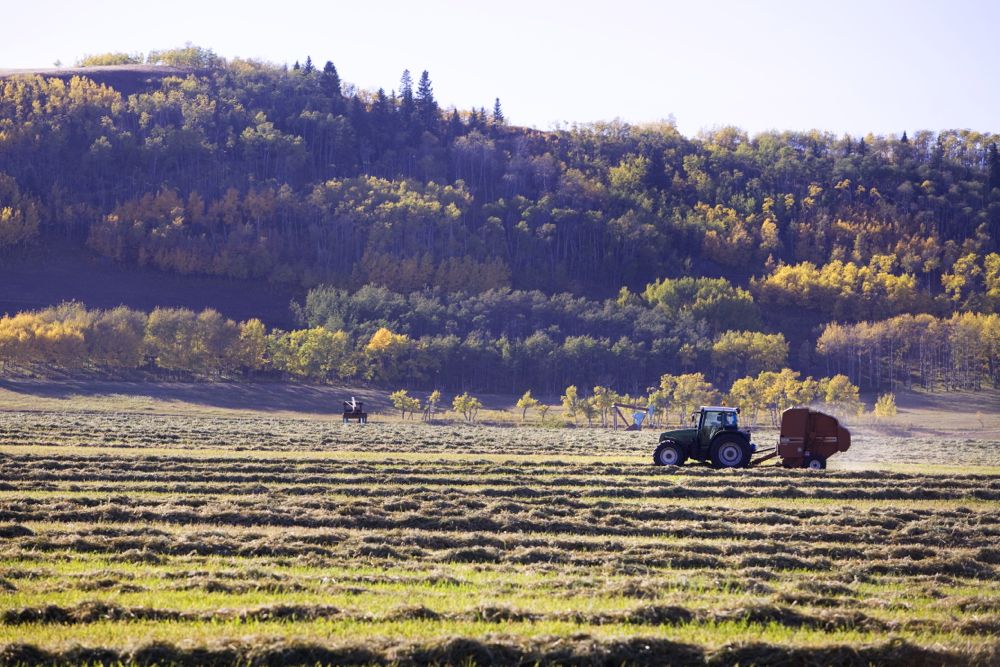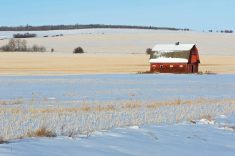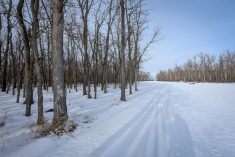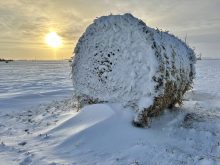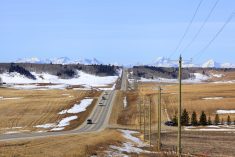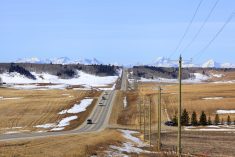CNS Canada — There seems to be no shortage of forages in Western Canada this year, as wet weather has allowed grasses to keep progressing at a steady rate.
Finding high-quality hay could be the challenge, however, according to crop watchers in Saskatchewan and Manitoba.
“It’s been tough for guys to put four to five days together to get hay up. So a lot of hay was silage or guys just let the grass grow until it got really mature,” said John McGregor of the Manitoba Forage and Grassland Association.
Read Also

Soy trading firms to abandon Amazon protection pact in Brazil
Some of the world’s largest soybean traders are preparing to break their agreement to curb deforestation of the Amazon rainforest to preserve tax benefits in Brazil’s top farm state, two people with direct knowledge of the matter told Reuters.
A forage crop specialist with Saskatchewan Agriculture, Terry Kowalchuk, agreed high-quality feed will be in short supply this year, “simply because of the high moisture conditions and poor quality; that will command premium prices for anybody who has it.”
He estimated 70 to 80 per cent of the stands in Saskatchewan contain a mixture of alfalfa and grass.
“Alfalfa is probably more susceptible to weathering than grass,” he said, adding spreading out windrows might be needed to help dry down the plants.
Much of the lower-quality hay in Manitoba may be suitable for beef cows, said McGregor. “Producers will still have to look at feed tests and may have to supplement forages to meet the needs of the cow.”
So far disease threats have been relatively sparse in Western Canada, considering how much rain has fallen.
“Storage is going to be extremely important, trying to preserve that hay quality and keep the moisture out of it,” said Kowalchuk. “If it gets put up wet then there’s going to be degradation.”
Prices in Manitoba are similar to those seen late last year, McGregor said, “around the $80 a tonne range. There’s a larger volume of hay out there, so the prices are there but the demand isn’t there.”
In Saskatchewan, the range is fairly wide. “Alfalfa brome is anywhere from $80-$175 (per tonne); it’s a pretty broad range which is a function of quality,” said Kowalchuk. “Grass is $85-$125.”
Prices may also be on the verge of dipping, he added. “I would say that after the market highs we reached last summer. Things moderated and right now I would saw that they would probably be trending downward.”
Producers in Saskatchewan also appear to be bumping up their stocks in the wake of last year’s shortfall, when most farmers were mostly limited to one cut.
“We’re coming off of last year’s drought, so people had better crops as the year went on,” Kowalchuk said.
Producers looking for forages will certainly be able to find them, according to McGregor, but most will likely shop around for the best grasses they can find.
“Because there’s no shortage, anyone looking for hay will likely be looking for good-quality hay.”
— Dave Sims writes for Commodity News Service Canada, a Winnipeg company specializing in grain and commodity market reporting. Follow CNS Canada at @CNSCanada on Twitter.

